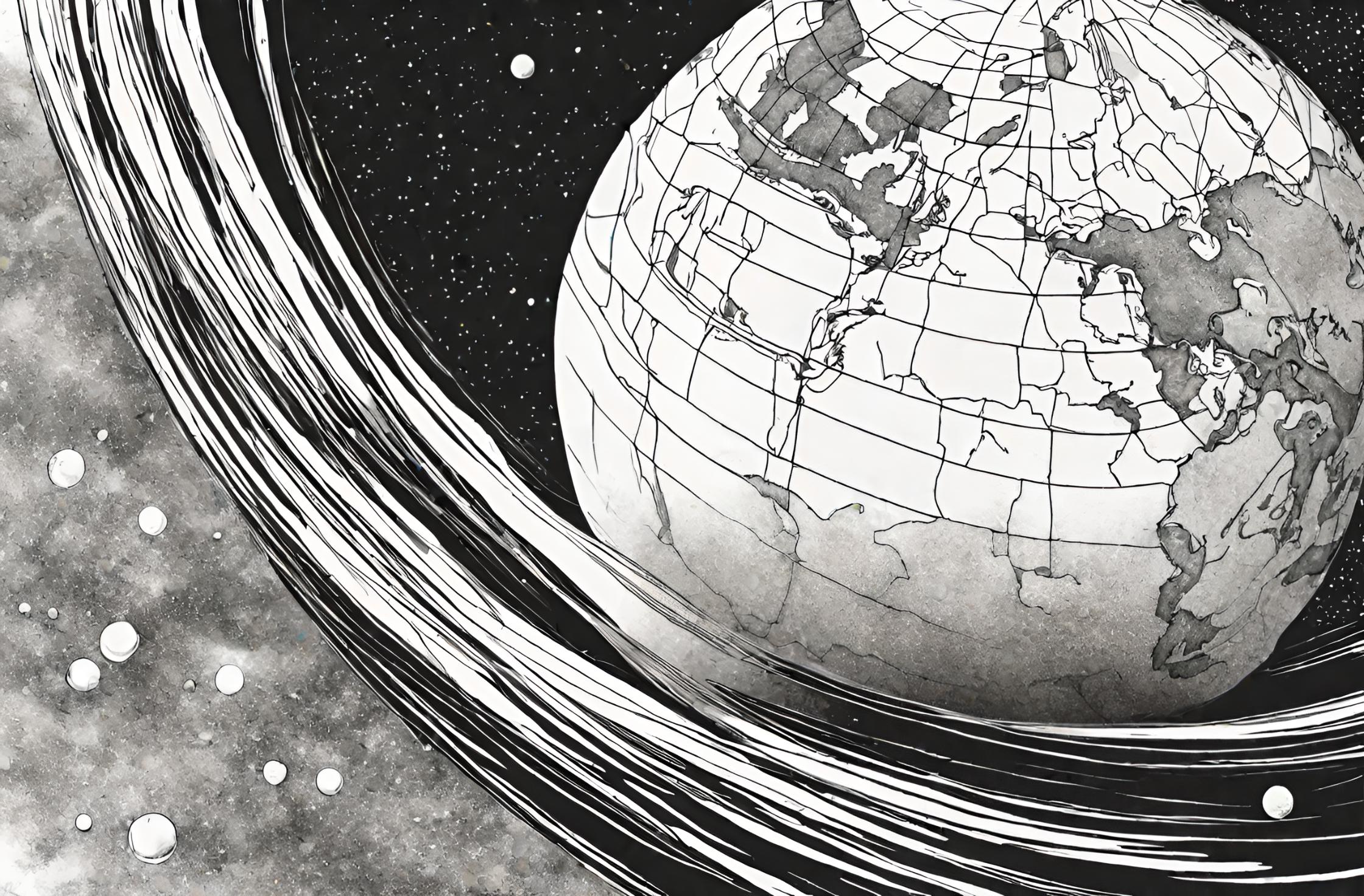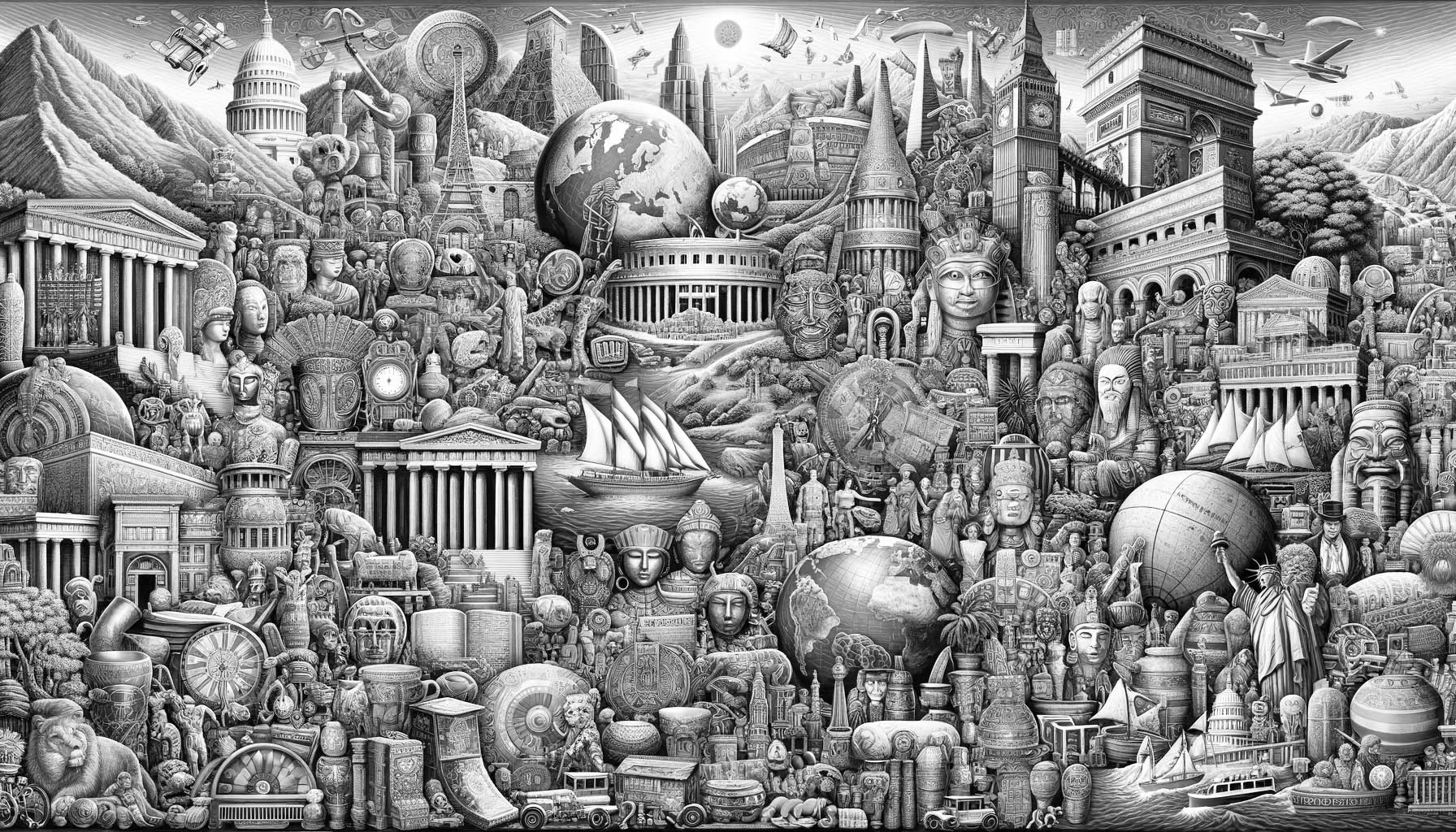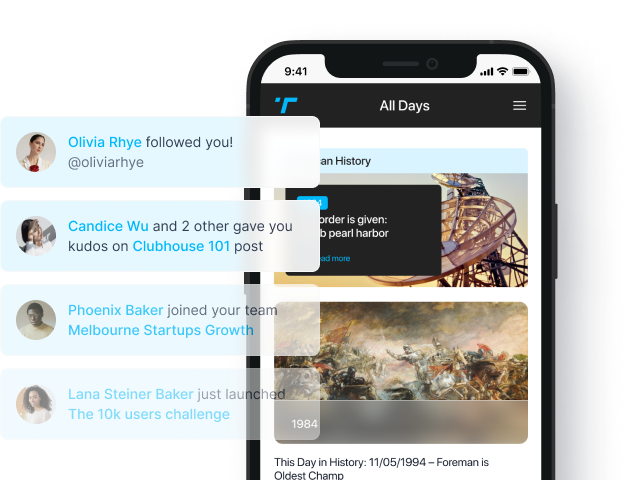Flashback to July 8
World History

Launched on October 18th, 1989, the unmanned NASA spacecraft Galileo embarked on a paramount mission. Its goal was to study Jupiter and its moons, unraveling the enigmatic details of the largest planet in our solar system. But before Galileo unearthed the celestial secrets of Jupiter, it bid a rare, close encounter with its home planet, Earth, on the 8th of December, 1990. This event, commonly known as the Galileo Earth-1 Flyby, marked a crucial turning point in space exploration history.
The Galileo Earth-1 Flyby was an extraordinary feat in NASA’s pursuit of unraveling the mysteries of our solar system. The event marked the conclusion of Galileo’s first circuit around the sun since it was set into orbit. In a move of engineering brilliance, NASA controllers used the Earth’s gravitational pull in a swingby maneuver to catapult the spacecraft onto a trajectory towards the gas giant, Jupiter. This economical propulsion and navigation technique is now a common practice in space exploration missions.
An examination of the details of this Earth-1 flyby highlights its immense importance. As Galileo approached Earth, it came as close as 960 kilometers (almost 600 miles) to the surface. Such a flyby is no easy task, requiring meticulous calculations and operational control. The gravity-assist maneuver gave Galileo the additional velocity required to complete its journey to Jupiter.
The Earth Flyby also provided Galileo with a fantastic opportunity to test and calibrate its array of sophisticated instruments in a well-known environment before its primary mission to the unknown Jupiter system. Also, the spacecraft’s instruments conducted several scientific investigations, collecting valuable data about Earth and our Moon as it passed.
Understanding the invaluable contribution of the Galileo Earth-1 Flyby to space exploration, it is worth appreciating the broader implications. The clever use of Earth’s own gravity to catapult the spacecraft to destinations unreachable by conventional means demonstrates our evolving mastery over space travel. It sheds light on how we, as a species, are getting better at maneuvering through space, reducing the requirements of spacecraft fuel, and making space expeditions more economically feasible.
Moreover, the Galileo Earth-1 flyby proved to be a defining moment for space photographers and astronomy enthusiasts worldwide. As Galileo bid its temporary adieu to Earth, it captured stunning images of our home planet and moon in a single frame, revealing an awe-inspiring perspective that we very seldom get to observe. Such images have since then inspired countless people, reminding us of how unique and precious our Earth is in the vast realms of the cosmos.
However, the exploration and discoveries during the Galileo Earth-1 Flyby didn’t merely stop at the aesthetic or scientific. It also paved the path for technological advancements. The success of the Galileo Mission and the spacecraft’s flawless performance during the Earth flybys fostered the development & implementation of similar endeavors. This eventually inspired the design and launching of numerous other interplanetary missions.
In retrospect, the Galileo Earth-1 Flyby set the stage for the resourceful and safe exploration of our solar system via gravitational-assist trajectories. This historic event contributed significantly to NASA’s exploration program and beyond, potentially impacting the future direction of human space travel.
Ultimately, the Galileo Earth-1 Flyby of December 8, 1990, offers a gripping tale of human ingenuity and the ceaseless quest for knowledge. A tale that reminds us of our capabilities when we look beyond our horizon, and the unparalleled fascination space holds for us. So, let’s keep exploring the cosmic narrative and discover the mysteries that unravel with each passing space event.
We strive for accuracy. If you see something that doesn't look right, click here to contact us!
Sponsored Content

King Charles XV /…
On 7/8/1859, King Charles…

Great Northern War: Battle…
On 7/8/1716, the Battle…

French and Indian War:…
On July 8, 1760,…

Sudan Airways Flight 39,…
On July 8, 2003,…

King Charles II of…
On July 8, 1663,…

French and Indian War:…
On July 8, 1758,…

